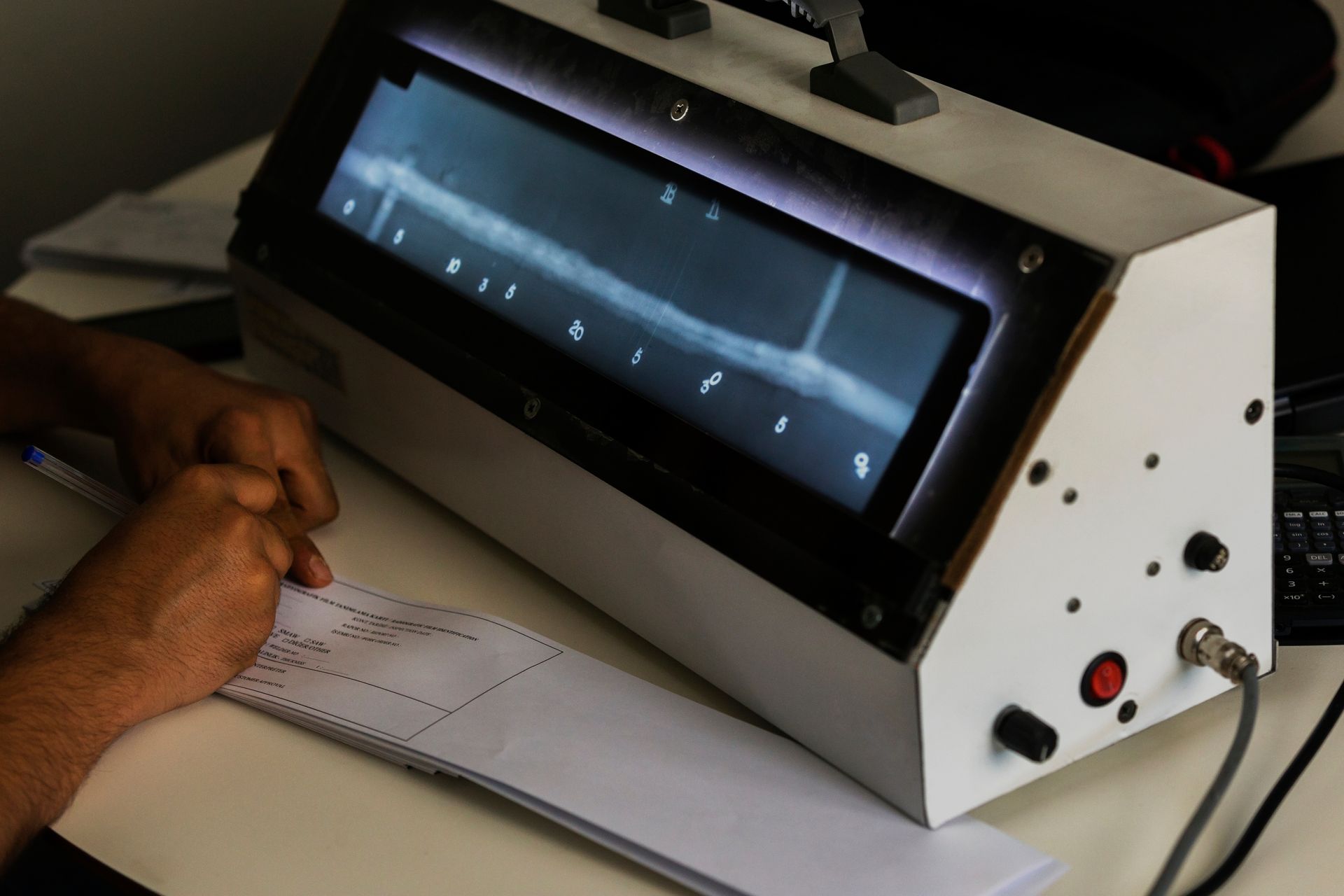Preparing for Liquid Penetrant Testing
January 26, 2023
Liquid penetrant testing is a valuable form of non-destructive testing widely used across many industries.
What is Liquid Penetrant Testing?
Liquid penetrant testing (LPT) is one of the most popular non-destructive examination (NDE) methods in the industry. It’s both economical and versatile. LPT’s a testing method that uses liquid and developer to reveal flaws within a material. Liquid penetrant testing checks for material flaws open to the surface by flowing very thin liquid into the flaw and then bringing the liquid out with a developer making the flaws visible and known. It’s popularly used in the welding industry as welds are the most common item inspected. However, plates, bars, pipes, castings, and forgings are also commonly inspected using liquid penetrant testing.
The Significance of LPT Prep
Liquid penetrant testing is complicated in a way that if the preparation is not done right it can produce poor, inaccurate, or faulty results. Extensive measures must be taken to prepare the material to ensure that the inspection is performed successfully. Poor preparation of the testing material can result in problems such as unfound cracks and flaws, which will end up costing more time and money.
There are both advantages and disadvantages to liquid penetrant testing. See both the advantages and disadvantages listed below.
Advantages
LPT is very effective in detecting porosity, cracks, fractures, laps, seams, and other flaws that are open to the surface. There are only a few types of materials that cannot be inspected using liquid penetrant testing. LPT is fairly quick and isn’t too costly. Large areas and large volumes of parts and materials can be efficiently and effectively inspected.
Here are some other advantages:
- High sensitivity to small surface discontinuities
- Easy inspection of parts with complex shapes
- Flaws are visual and clearly indicated on the part surface
- Inspection process is conveniently performed onsite
- Indications can reveal relative size, shape, and depth of flaws
Disadvantages
One of the main disadvantages of LPT is that only flaws open to the surface can be detected. Materials with porous surfaces cannot be examined using this process. Only clean and smooth surfaces can be inspected. Any rust, dirt, paint, oil, or grease must be removed prior to beginning the testing.
The Process of Liquid Penetrant Testing
1. Clean the Surface
The cleaning process of liquid penetrant testing differs and depends on the specific testing material or part. Sometimes pre-cleaning may include grinding and wire brushing, whereas other times simply wiping down the part with a rag and cleaner is enough. Bottom line is that the surface needs to be free of dirt, rust, paint, oil, and grease, and smooth enough to wipe off the penetrant without leaving residue.
2. Apply the Liquid Penetrant
Liquid is generally applied by an aerosol spray from the can. It can also be applied with a brush. The liquid must soak or dwell on the material for some time to allow for the penetrant to permeate into cracks and voids. This usually takes between 5 to 30 minutes.
3. Remove Extra Penetrant and Apply Remover
The liquid penetrant needs to be completely removed with a clean, dry, and lint-free rag until thoroughly clean. The part or material should be rubbed and wiped clean until the liquid is not visible on the dry rags. Then a cleaner or remover is sprayed on a clean rag and used to vigorously rub the part or material again until there is no liquid visible on the rag.
4. Apply Developer
A very light coating of developer is sprayed onto the part or material being examined. The dwell time for developer is typically 10 to 60 minutes.
5. Inspection
Inspecting the surface is time sensitive. Surface level flaws that are visible should be noted.
6. Clean the Surface
Finally, the part or material needs to be cleaned to remove all developer after it has been evaluated. Post cleaning is just as important as pre-cleaning.
With non-destructive testing, hiring a team of NDT professionals with extensive training and experience is critical.
Steel City NDT
is highly experienced in liquid penetrant testing and many other NDT services. NDT penetrant testing methods offered by Steel City NDT include dye penetrant inspection (another name for liquid penetrant testing) and fluorescent penetrant inspection. We’re committed to providing high quality, professional services on time and within budget. If you’re in need of liquid penetrant testing services,
contact us
or check out more information
here.





